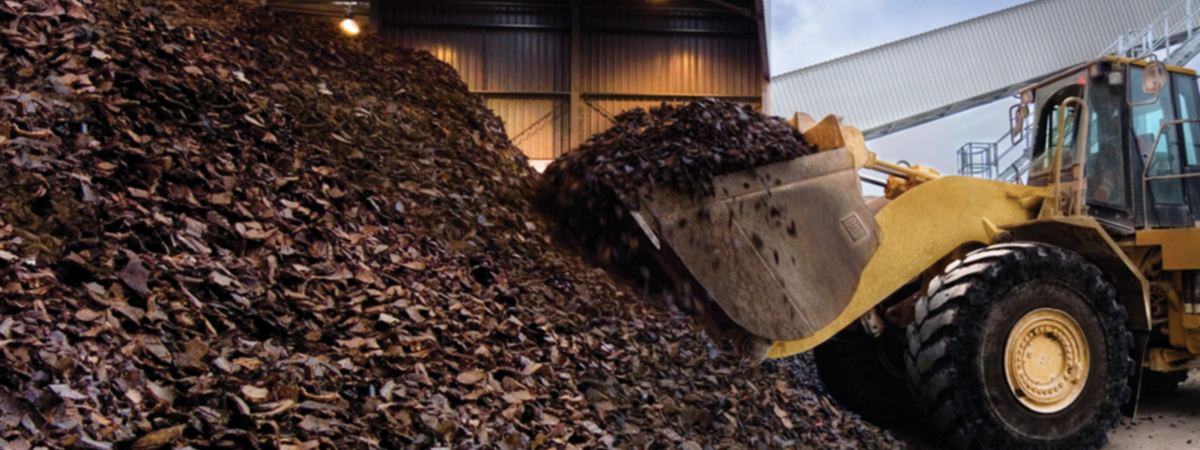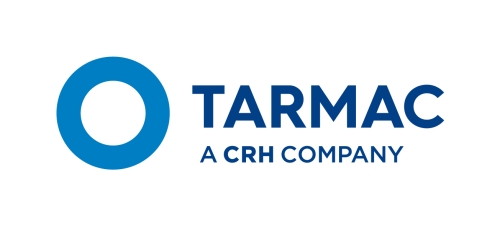
RESOURCE EFFICIENCY
Using waste-derived fuels
Using waste from other industries as fuel for our cement kilns is an excellent way both of contributing to the circular economy and of reducing CO2 emissions. Using other people’s waste conserves natural resources and reduces the amount of waste sent to landfill, but it also allows us to replace fossil fuels with lower carbon alternatives..
Some waste-derived fuels – such as tyres and solid recovered fuel made from materials such as paper and cardboard – contain a proportion of biomass so have much lower carbon emissions than fossil fuels. Other waste-derived fuels such as meat and bone meal and processed sewage pellets are 100% biomass and are regarded as carbon neutral. 13% of the thermal input into our cement operations in 2016 was biomass. We have our own business, Sapphire Energy Recovery, who are supporting our move to waste-derived fuels for use within cement plants, Sapphire collect and process waste tyres and identify other wastes for use as fuel.
An important additional advantage of using waste materials as fuel in the cement manufacturing process rather than in other energy recovery processes is that the resultant ash residues are incorporated into, and form an important part of, the final cement product (a process known as co-processing), this again provides environmental benefit as the ash residue might otherwise be landfilled.
Visit sapphireenergy.co.uk
